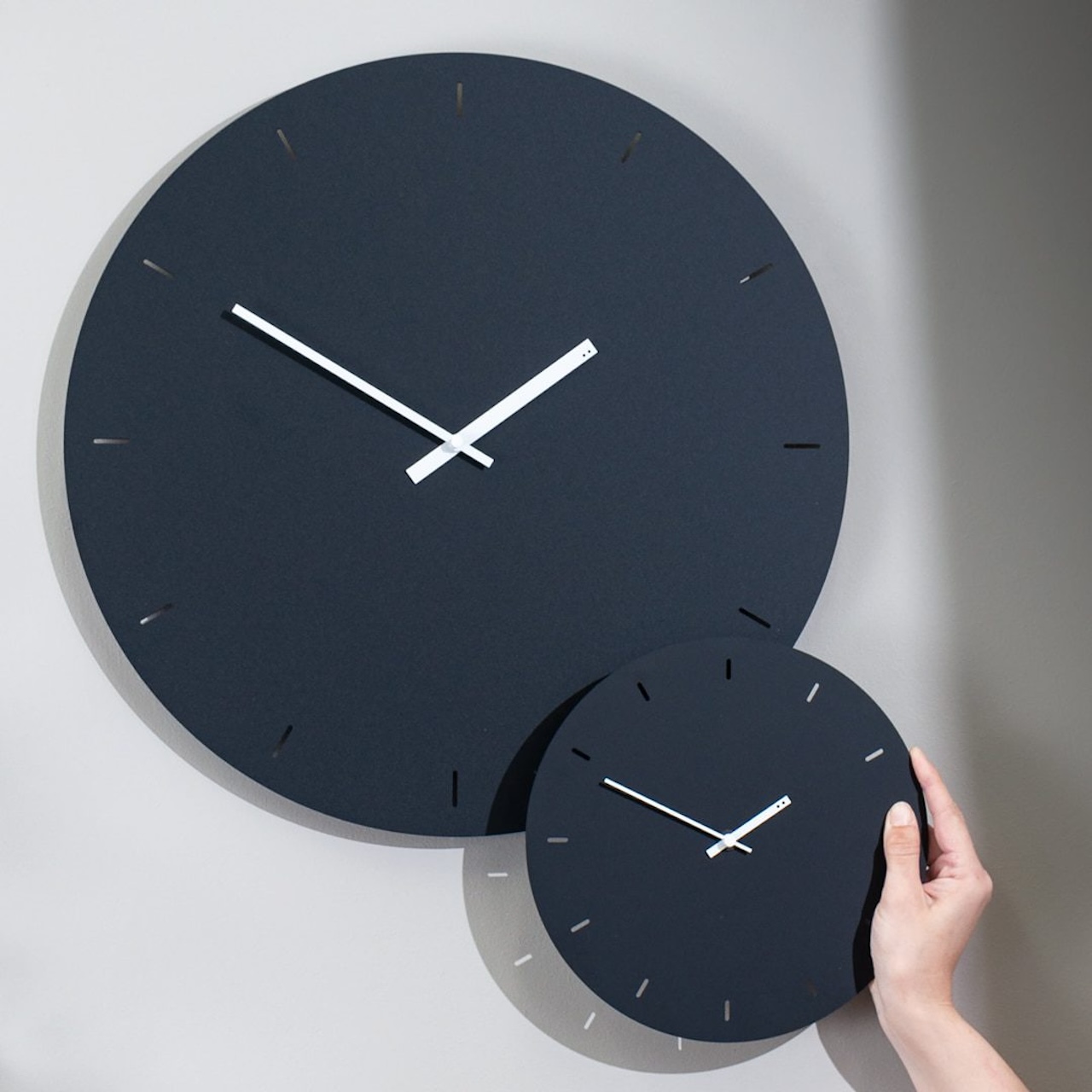

Articles
How Big Should A Wall Clock Be
Modified: August 16, 2024
Discover the ideal size for wall clocks in this insightful article. Explore the best dimensions for wall clocks and find the perfect fit for your space.
(Many of the links in this article redirect to a specific reviewed product. Your purchase of these products through affiliate links helps to generate commission for Storables.com, at no extra cost. Learn more)
Introduction
When it comes to home decor, wall clocks not only serve a practical purpose but also add a touch of style and personality to a space. Choosing the right size for a wall clock is crucial to ensure it fits well with the overall aesthetics of the room. But how big should a wall clock be? This is a common question that homeowners often ponder when selecting a clock for their space.
Factors such as room size, wall space, and personal preference play a significant role in determining the ideal size of a wall clock. Finding the perfect balance between functionality and aesthetics is key to creating a harmonious and visually appealing atmosphere.
In this article, we will explore the factors to consider when choosing the right size for a wall clock, discuss the dimensions suitable for different spaces, examine the impact of clock size on room aesthetics, analyze the importance of proportions in wall clocks, and delve into the display and readability of different clock sizes. So, let’s dive in and uncover the secrets to finding the perfect-sized wall clock for your home!
Key Takeaways:
- Finding the perfect-sized wall clock involves considering room size, wall space, style, and personal preference. It’s about harmonizing functionality and aesthetics to enhance your space with a touch of style and elegance.
- The size of a wall clock impacts its visual appeal, functionality, and overall impact on the room. By considering factors such as room size, wall space, and personal preference, you can find the perfect-sized clock that complements your space and expresses your unique personality.
Read also: 8 Amazing Big Wall Clock for 2025
Factors to Consider for Choosing the Right Size
When selecting the size of a wall clock, several factors come into play to ensure the perfect fit for your space. Let’s take a look at some important considerations:
- Room Size: The size of the room where the wall clock will be placed is a crucial factor to consider. In a larger space, you can opt for a larger clock that makes a bold statement and acts as a focal point. On the other hand, in a smaller room, a smaller-sized clock works best as it maintains the harmony and does not overwhelm the space.
- Wall Space: The available wall space is another important factor to determine the size of the clock. If you have a large empty wall, you can choose a larger-sized clock to fill the space and create visual interest. However, if the wall space is limited or already occupied by other decor elements, a smaller-sized clock will be more suitable.
- Functional Purpose: Consider the functional purpose of the clock. If it is purely decorative and you rely on other devices or gadgets for timekeeping, you have more flexibility in choosing a size purely for aesthetic reasons. However, if the clock also serves as a practical timepiece, ensure that it is large enough for easy visibility and readability from different areas of the room.
- Style and Theme: The style and theme of the room should also be taken into account when selecting the size of a wall clock. For instance, in a minimalist or modern-themed space, a sleek and understated clock in a smaller size can complement the overall aesthetic. In contrast, in a rustic or vintage-inspired room, a larger-sized clock with ornate details can enhance the charm and character of the space.
- Personal Preference: Ultimately, your personal preference and taste should guide the decision-making process. Consider your own style, the ambiance you want to create, and the impact you desire the clock to have on the room. Trust your instincts and choose a size that resonates with you and brings joy whenever you look at it.
By considering these factors, you can narrow down the options and find the perfect-sized wall clock that harmonizes with your space, captures your personality, and adds that extra touch of style to your home.
Dimensions for Different Spaces
Now that we have discussed the factors to consider when choosing the right size for a wall clock, let’s delve into the specific dimensions suitable for different spaces. While there are no hard and fast rules, here are some general guidelines to help you make an informed decision:
- Living Room: The living room is usually the central gathering area of the home, so a wall clock in this space can serve as a statement piece. For an average-sized living room, a clock with a diameter of 24-36 inches works well. However, if you have high ceilings or a larger living room, you can go for a larger clock with a diameter of 42 inches or more to create a dramatic focal point.
- Bedroom: In the bedroom, where tranquility and relaxation are paramount, a smaller-sized clock is often preferred. A clock with a diameter of 12-18 inches is suitable for most bedrooms, allowing for easy time reading without overwhelming the space. However, if you have a larger bedroom or want to make a bolder statement, you can opt for a slightly larger clock.
- Kitchen: The kitchen is a busy space where functionality is key. A clock in the kitchen should be large enough to be seen from different areas, but not so big that it interferes with other activities. A clock with a diameter of 12-24 inches generally works well in kitchen spaces.
- Office: In an office or workspace, a clock can help keep track of time while adding a touch of style to the area. Consider the size of your office desk or wall space to determine the appropriate dimension. A clock with a diameter of 10-20 inches is often suitable for most office settings.
Remember, these are general guidelines, and you can always adjust the size based on your specific preferences and the dynamics of your space. Don’t be afraid to get creative and think outside the box to find a dimension that perfectly complements the character and function of each room in your home.
Impact of Wall Clock Size on Room Aesthetics
The size of a wall clock has a significant impact on the overall aesthetics and visual appeal of a room. Choosing the right size is crucial to ensure that the clock enhances the space rather than overpowering it. Let’s explore how the size of a wall clock can influence the room’s aesthetics:
- Statement Piece: A large-sized wall clock can act as a statement piece in a room, instantly drawing attention and becoming a focal point. It can add visual interest and create a bold and striking ambiance.
- Balance and Proportion: The size of the clock should be proportionate to the other elements in the room. A clock that is too small can look insignificant and get lost in the decor, while a clock that is too large can overwhelm the space and disrupt the balance. Finding the right size ensures a harmonious and visually pleasing atmosphere.
- Visual Depth and Dimension: A larger-sized clock can add depth and dimension to a room. It can create an illusion of space, making a room feel more expansive. On the other hand, a smaller-sized clock can contribute to a more intimate and cozy atmosphere.
- Enhancing the Theme: The size of the clock should align with the overall theme and style of the room. A rustic-themed room may benefit from a larger-sized clock with vintage charm, while a contemporary space may require a sleek and minimalist clock in a smaller size.
- Complementing Other Decor: The clock should complement the other decor elements in the room. A well-proportioned clock that matches the color scheme, texture, and style of the room seamlessly integrates into the design, enhancing its overall aesthetic appeal.
By carefully considering the impact of wall clock size on room aesthetics, you can choose a clock that not only performs its practical function of telling time but also adds a touch of elegance and visual charm to the space.
When choosing a wall clock, consider the size of the wall and the room. A general rule is that the clock should be 1/2 to 2/3 the width of the wall it’s on. For a standard 8-10 foot wall, a 12-18 inch clock is a good size.
Importance of Proportions in Wall Clocks
Proportion is a fundamental principle of design, and it plays a crucial role in the aesthetics and overall balance of a room. When it comes to wall clocks, considering the proportions is essential to ensure a harmonious and visually pleasing arrangement. Here are some reasons why proportion is important in wall clocks:
- Balance: Proportions ensure that the size of the clock is balanced with the other elements in the room. A clock that is too small can create a sense of emptiness, while a clock that is too large can dominate the space. Achieving visual balance fosters a pleasing and comfortable environment.
- Harmony: Proportions create harmony between the clock and the surrounding decor. A well-proportioned clock seamlessly integrates into the room’s design, enhancing its overall aesthetic appeal and creating a cohesive look.
- Visual Flow: Proper proportions allow for a smooth visual flow. The eye naturally moves from one element to another, and a proportionate clock contributes to this flow, guiding the gaze and creating a sense of continuity in the room.
- Focal Point: A proportionate clock can act as a focal point, capturing attention and becoming a centerpiece in the room. The size of the clock should be proportionate to its importance in the overall composition, ensuring it stands out without overpowering other elements.
- Emotional Impact: Proportions can evoke emotions and set the mood of a room. A well-proportioned clock can elicit a sense of calm, elegance, or even playfulness, depending on the desired atmosphere.
Proportions should be considered not only in terms of the clock’s size but also in relation to the size of the wall, furniture, and other decorative elements present. By paying attention to proportions, you can elevate the visual impact of the wall clock and create a space that is pleasing to the eye.
Read more: Which Direction Should A Wall Clock Face
Display and Readability of Different Clock Sizes
The size of a wall clock not only affects the visual impact but also plays a crucial role in its display and readability. Considering the display and readability of different clock sizes is essential to ensure that you can easily read the time from different areas of the room. Here’s how clock size influences display and readability:
- Large-Sized Clocks: A large-sized clock offers clear visibility and can be seen from a distance. It is perfect for rooms with high ceilings or areas where you need to read the time from afar, such as a living room or an office. However, be mindful that a very large clock may require more wall space and can overpower small rooms.
- Medium-Sized Clocks: Medium-sized clocks strike a balance between visibility and space utilization. They are suitable for most rooms and provide easy readability from different corners. These clocks are versatile and can fit well in a variety of spaces, from bedrooms to kitchens.
- Small-Sized Clocks: Small-sized clocks are ideal for rooms where the emphasis is on the decor rather than the time display. They can be placed on bedside tables, shelves, or in cozy nooks. While small clocks may not be as easily legible from a distance, they add a charming touch to intimate spaces.
Additionally, it’s worth considering the numeral or marker size and the contrast between the clock face and the hands. High contrast and clear markings enhance readability, particularly for individuals with visual impairments or in poorly lit areas.
When choosing a clock size, it’s important to consider the room’s purpose and layout. A clock should be placed where it is easily visible and its display aligns with your specific needs. A clock that is too large or too small may result in strained visibility or a lack of emphasis on timekeeping.
Ultimately, the display and readability of a wall clock depend not only on its size but also on the font style, color, and overall design. It’s important to strike a balance between aesthetics and practicality, ensuring that you can effortlessly tell the time while enjoying the visual appeal of the clock.
Conclusion
Choosing the right size for a wall clock is a decision that involves careful consideration of various factors. The size of the clock impacts not only its visual appeal but also its functionality and overall impact on the room. By taking into account factors such as room size, wall space, style, and personal preference, you can find the perfect-sized clock that complements your space and expresses your unique personality.
Consider the dimensions suitable for different spaces, keeping in mind the purpose of the room and the desired aesthetic. Whether you opt for a large-sized clock to make a bold statement, a medium-sized clock for versatility, or a small-sized clock for intimate spaces, ensure that it harmonizes with the overall proportions and style of the room.
In addition to aesthetics, consider the display and readability of the clock. Ensure that the size, contrast, and markings make it easy to read the time from different areas of the room without straining your eyes.
Ultimately, finding the perfect-sized wall clock is about creating a harmonious balance between functionality and aesthetics. A well-chosen clock will not only serve its practical purpose but also enhance the overall ambiance, making your space more inviting and visually appealing.
So, take your time, explore various options, and trust your instincts. With the right-sized wall clock, you can add a touch of style, elegance, and functionality to your home, making it truly a place to cherish and enjoy.
Frequently Asked Questions about How Big Should A Wall Clock Be
Was this page helpful?
At Storables.com, we guarantee accurate and reliable information. Our content, validated by Expert Board Contributors, is crafted following stringent Editorial Policies. We're committed to providing you with well-researched, expert-backed insights for all your informational needs.
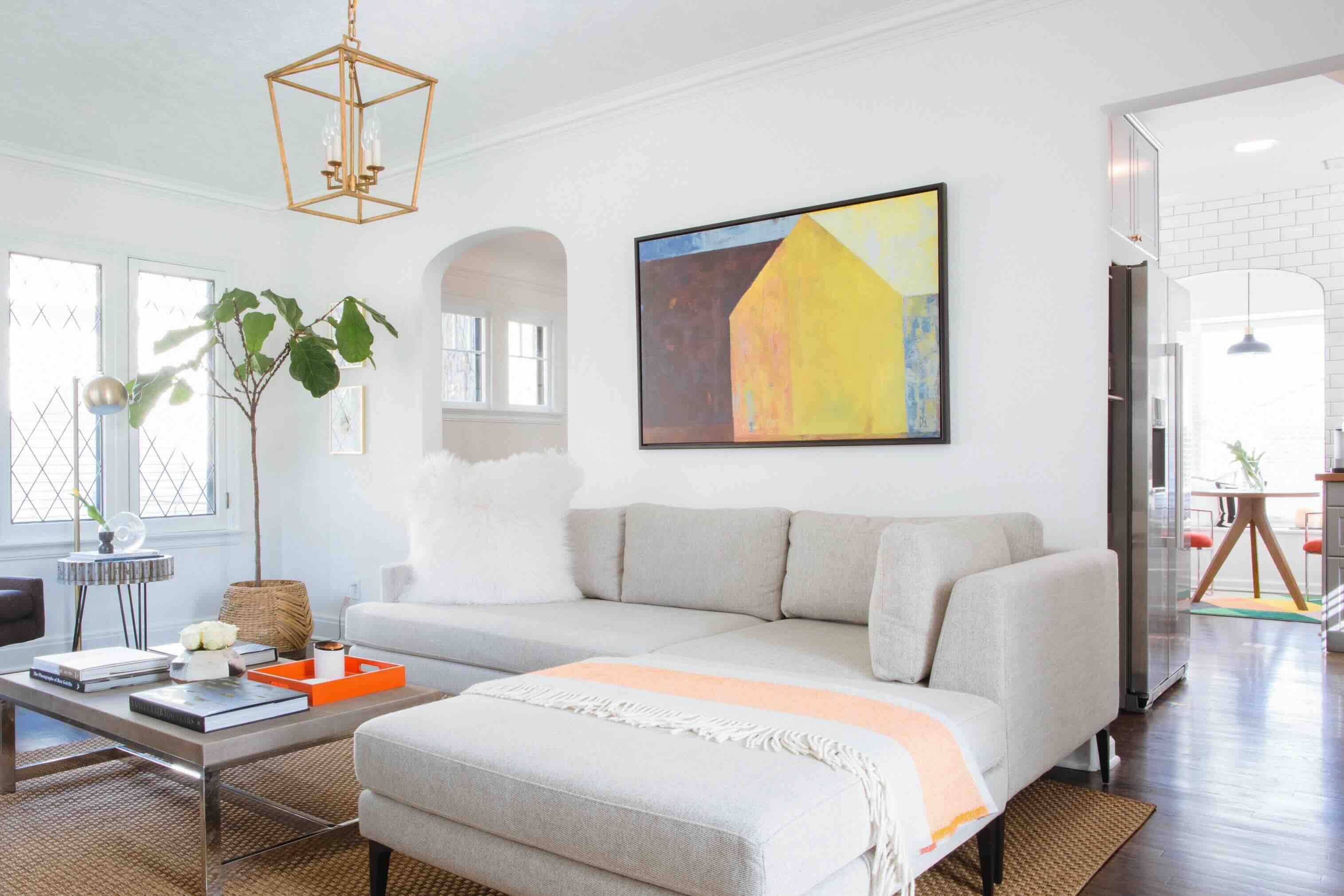
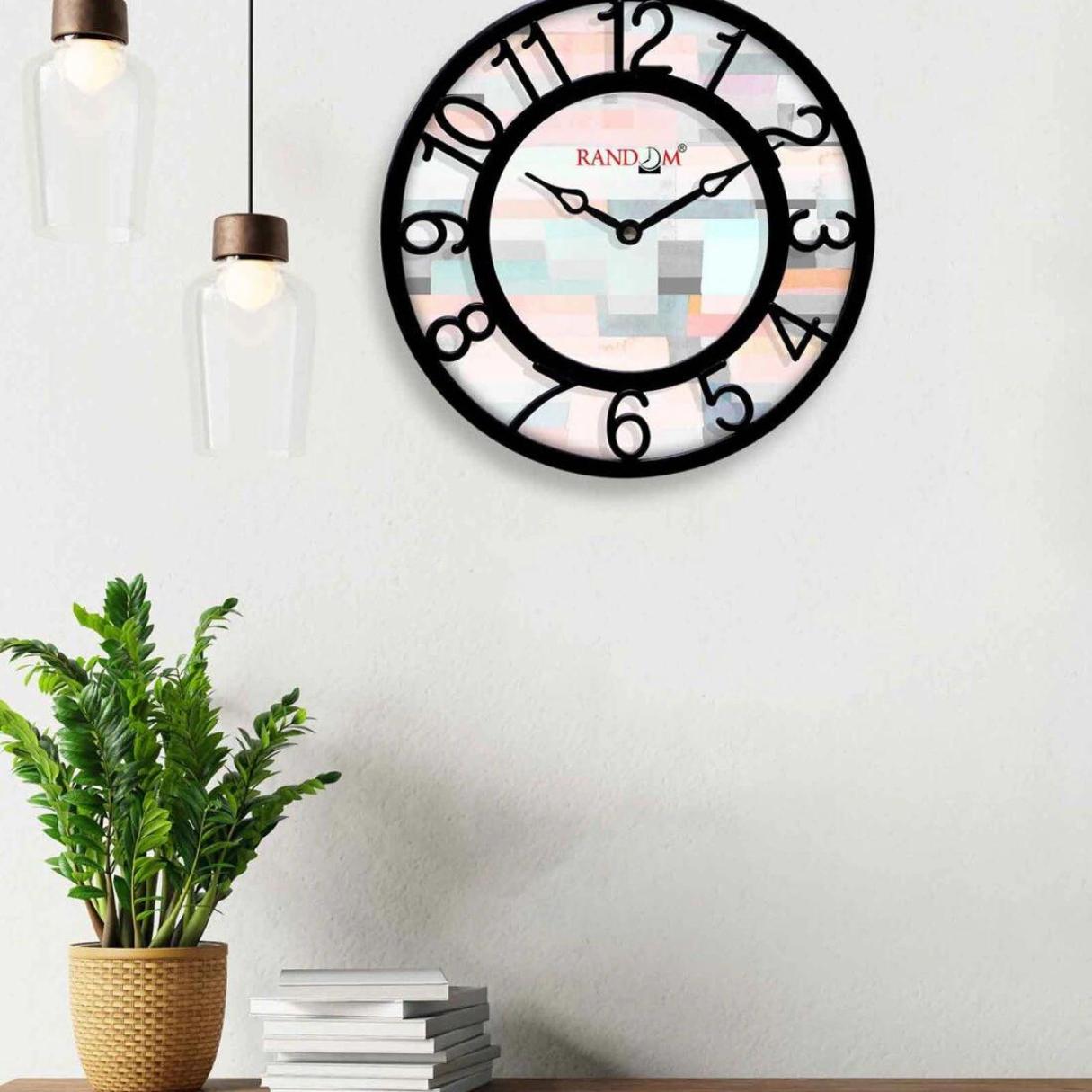
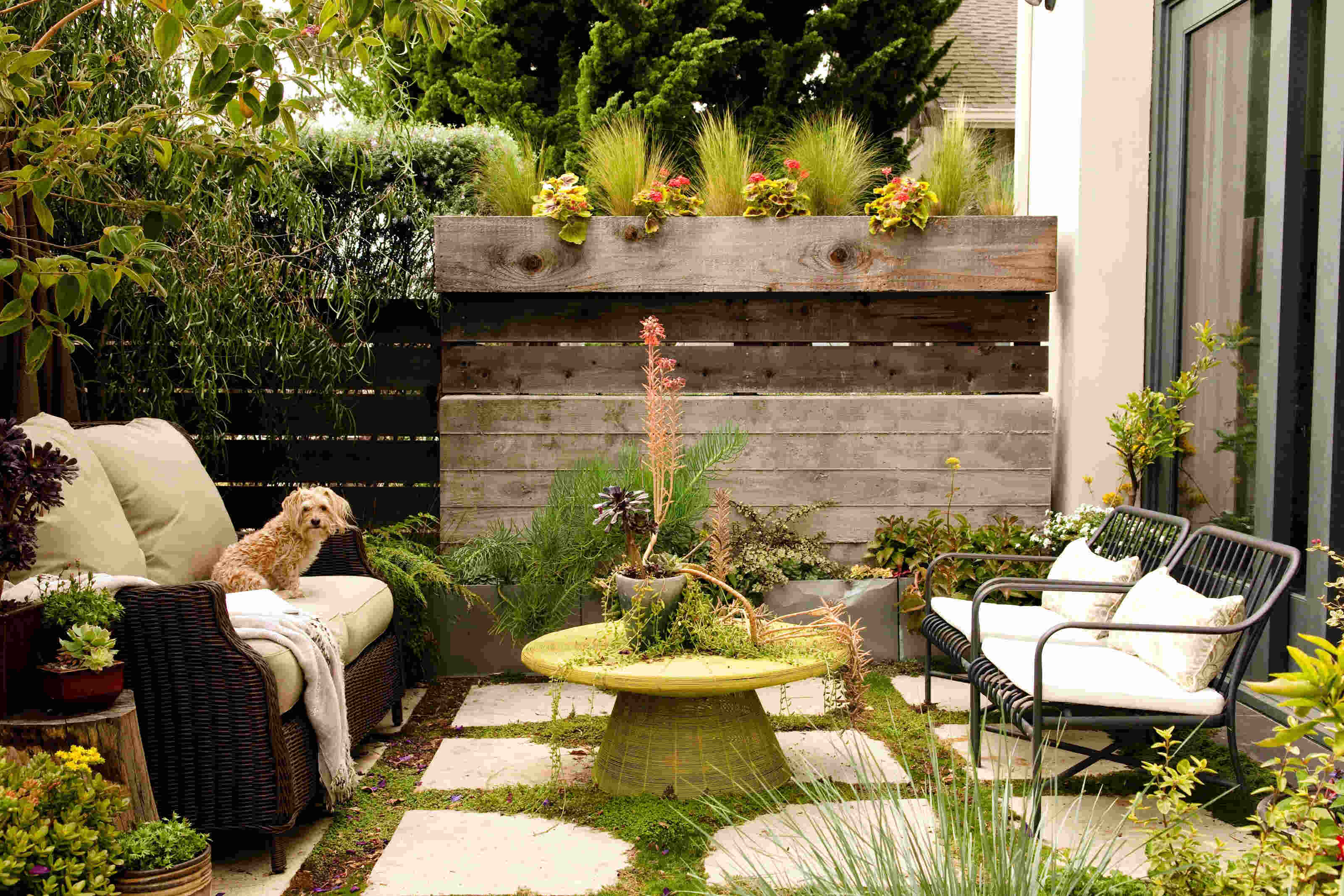
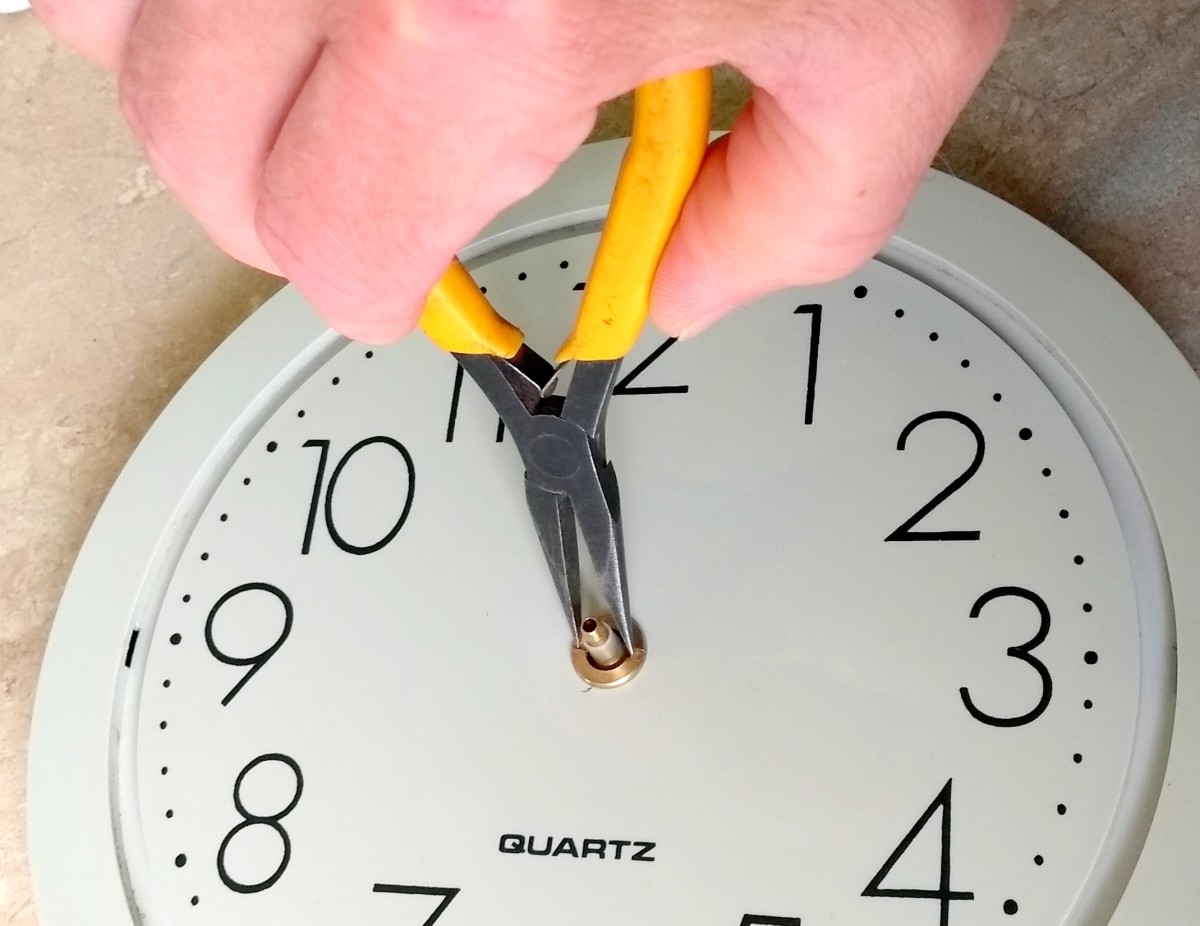

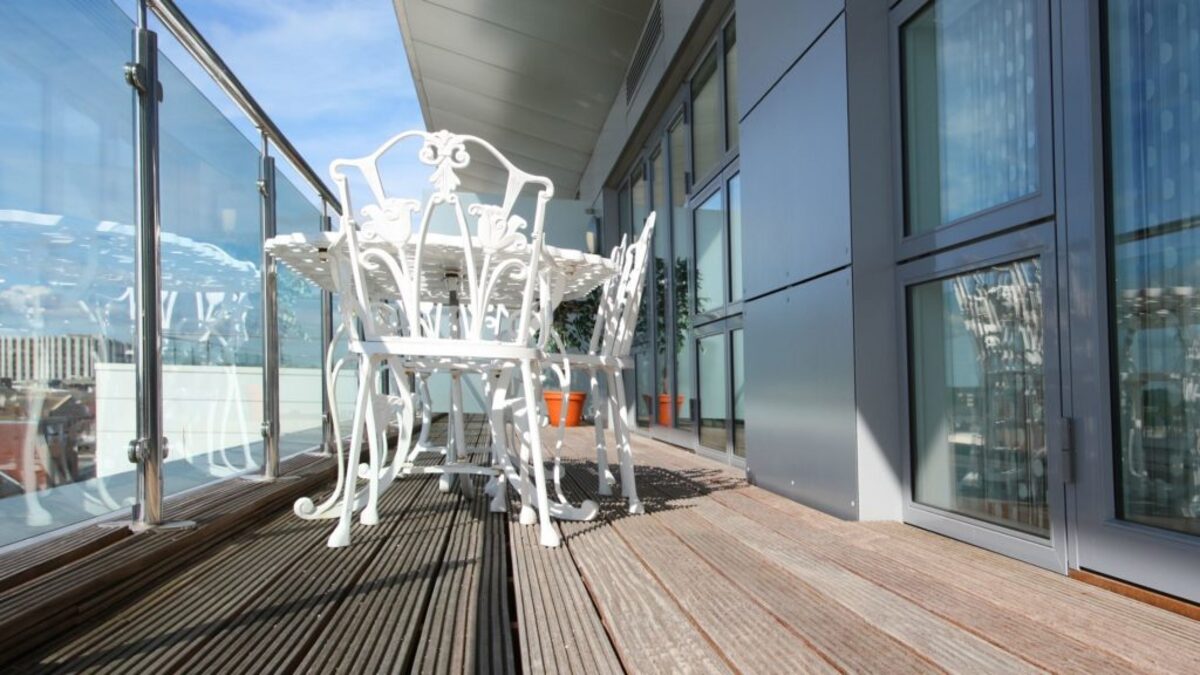
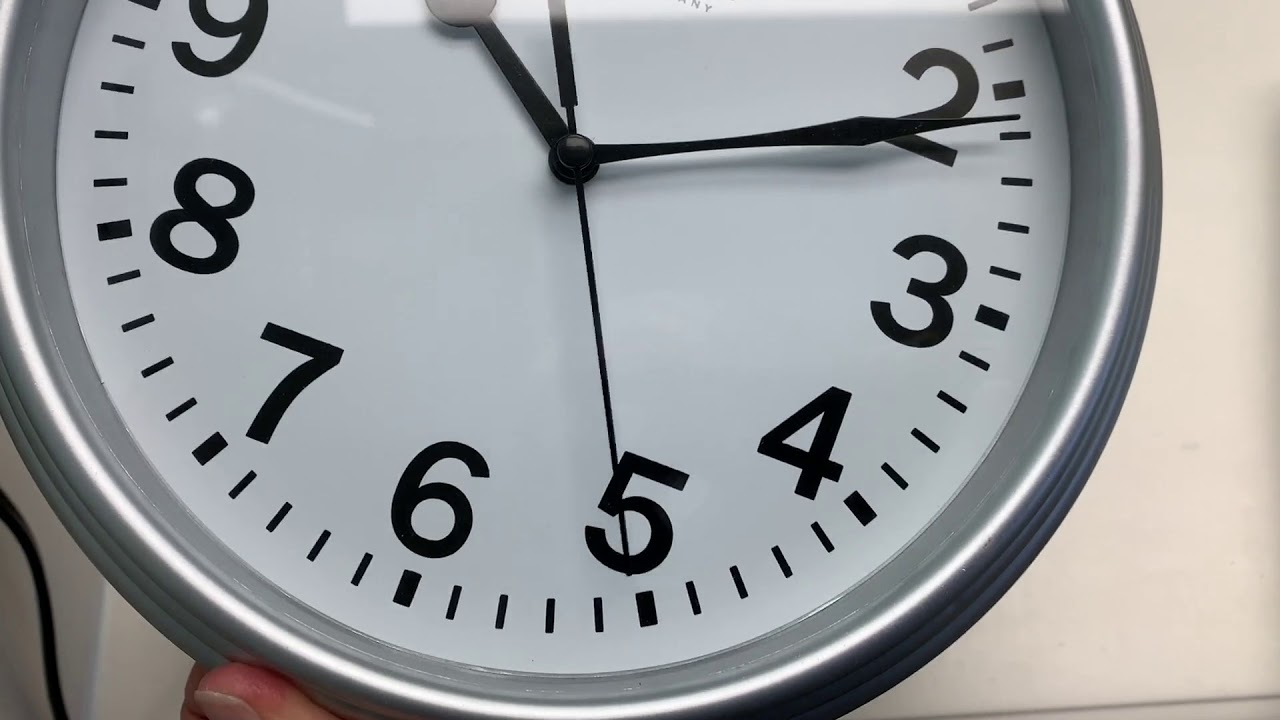
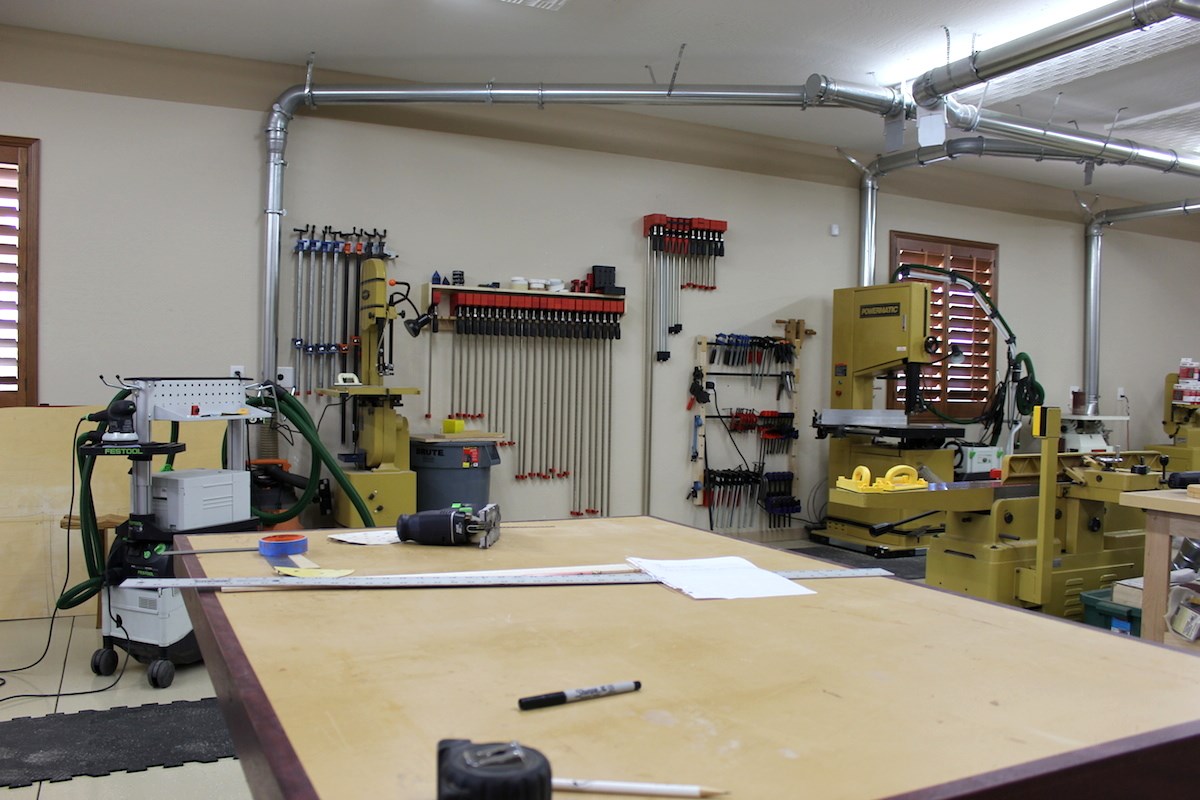
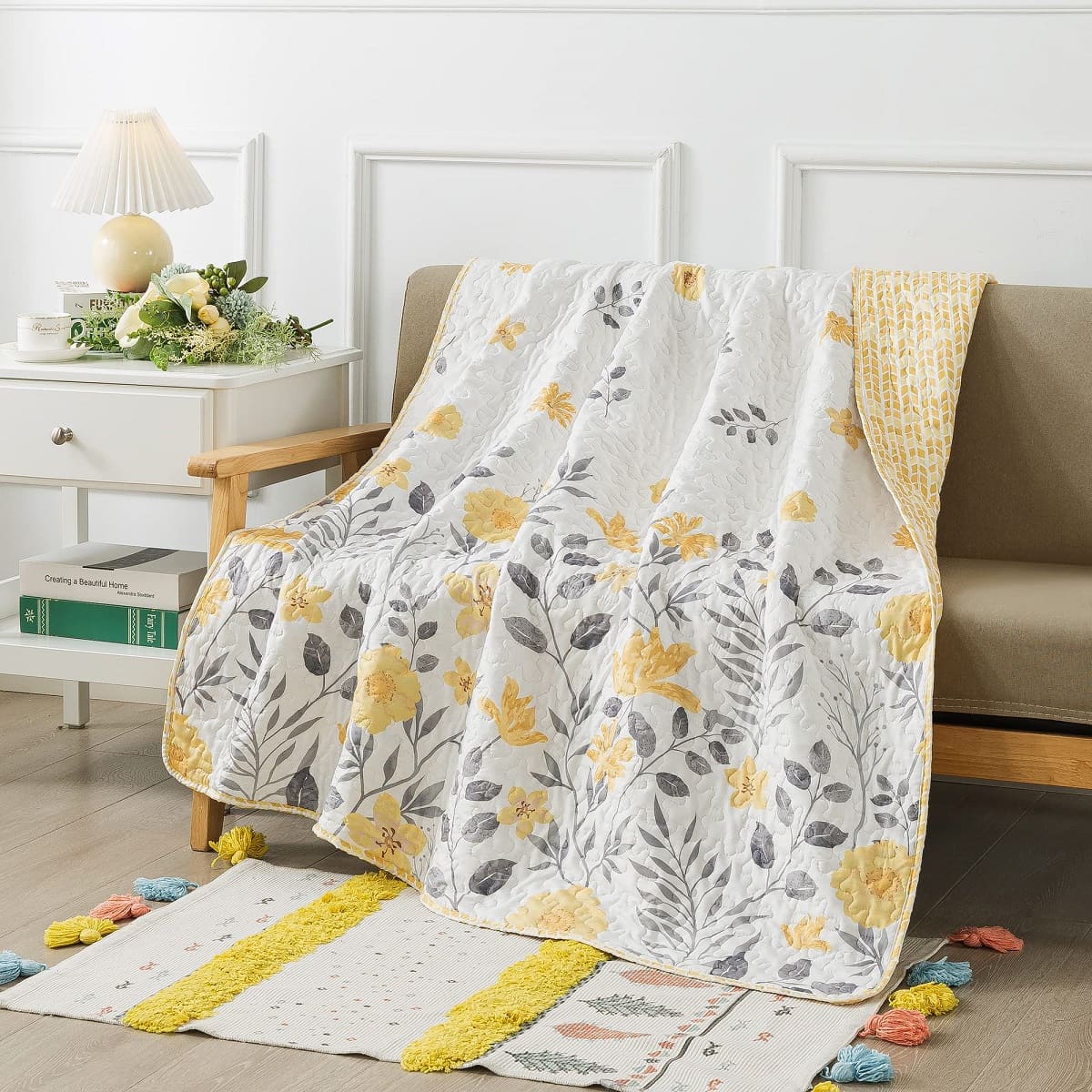
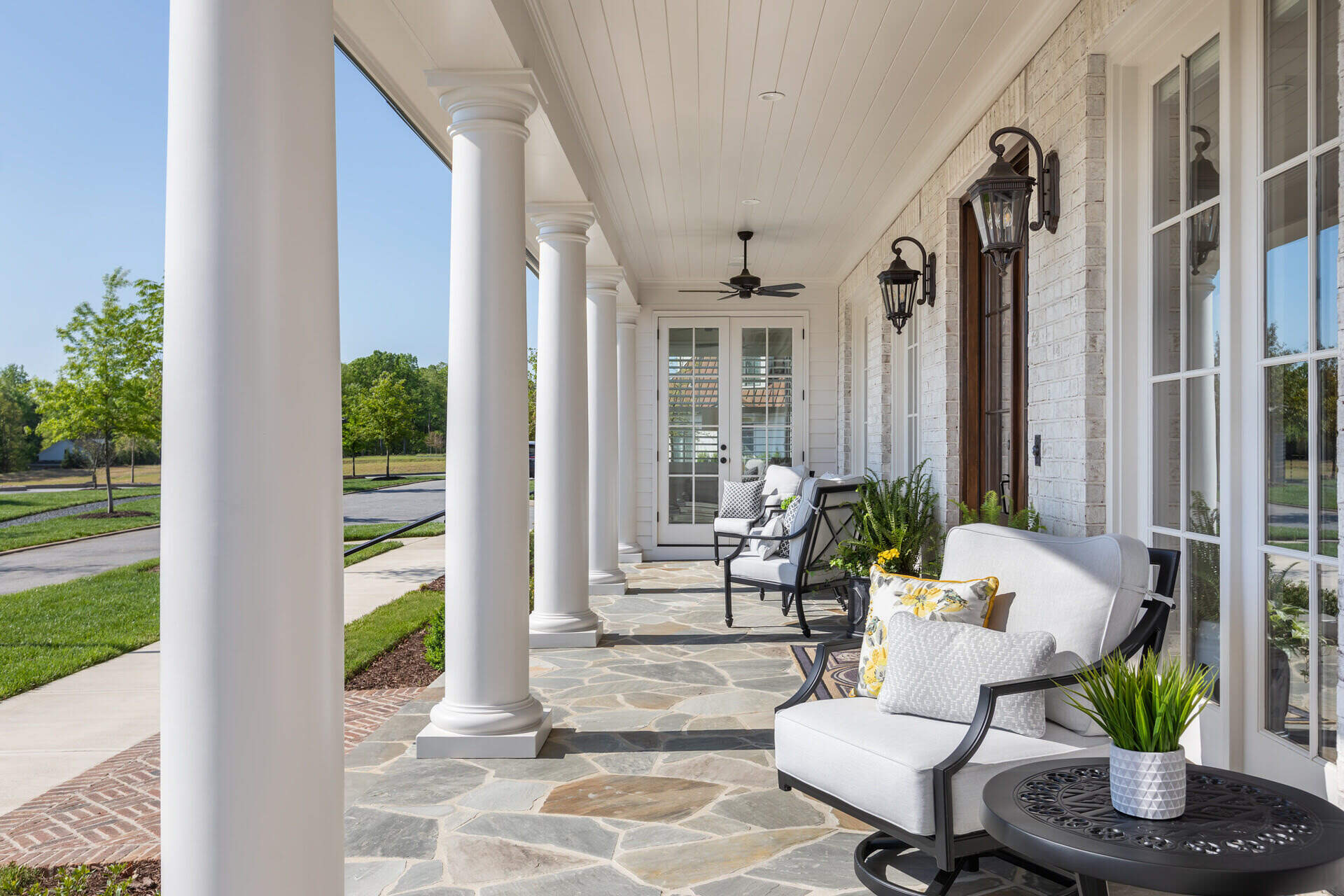
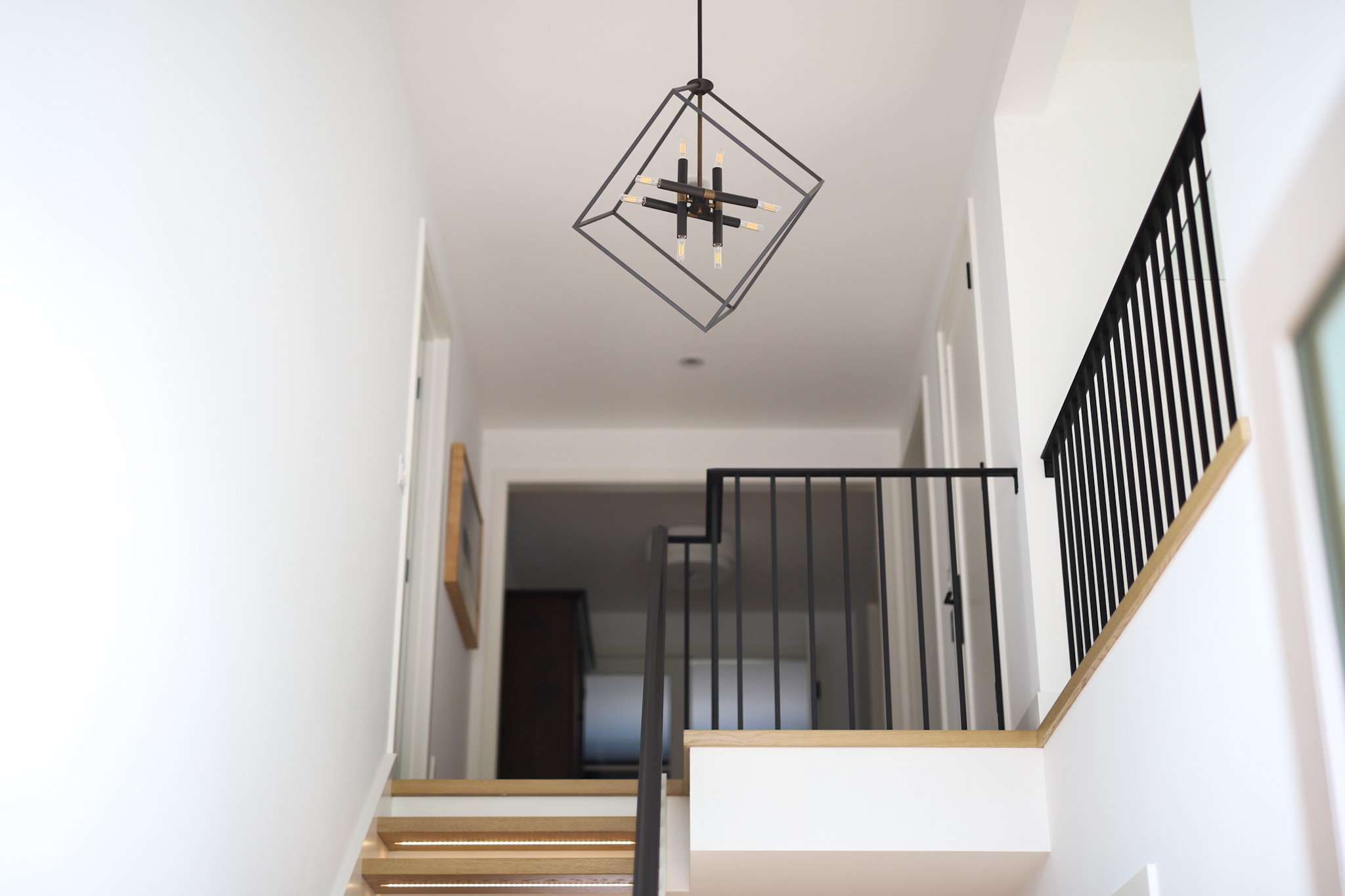
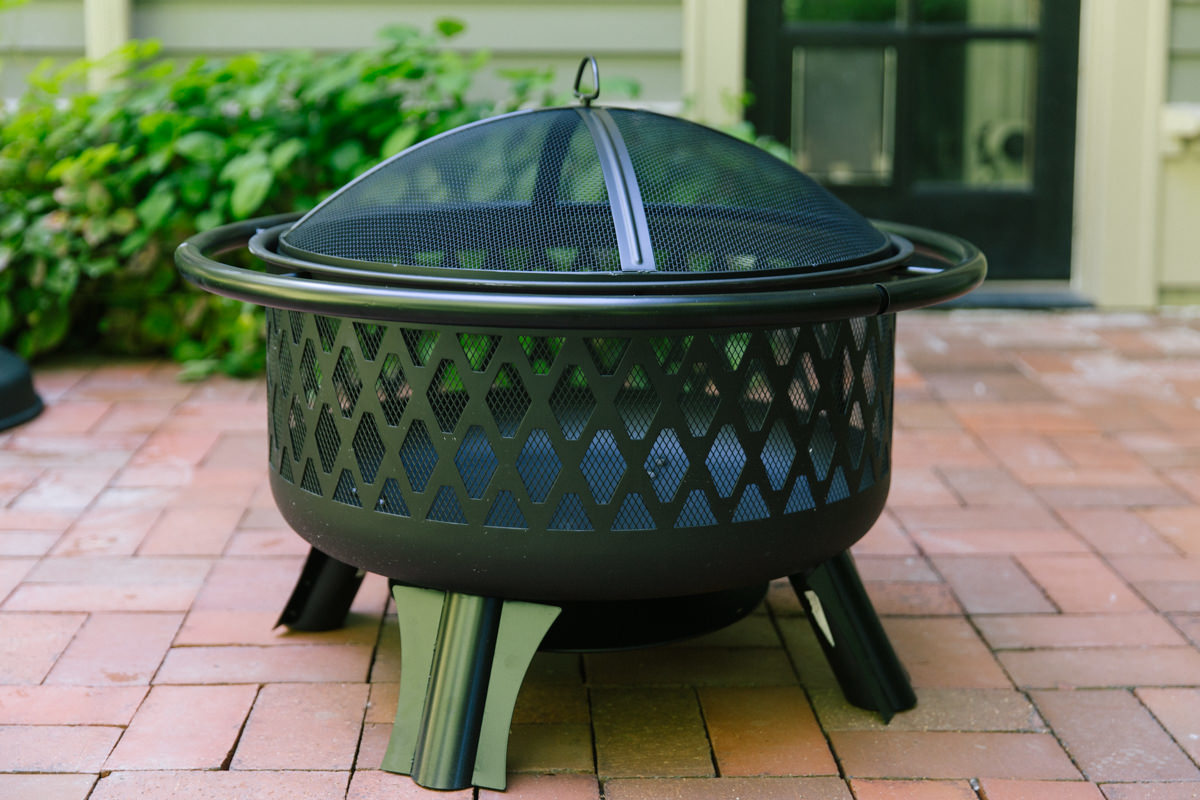
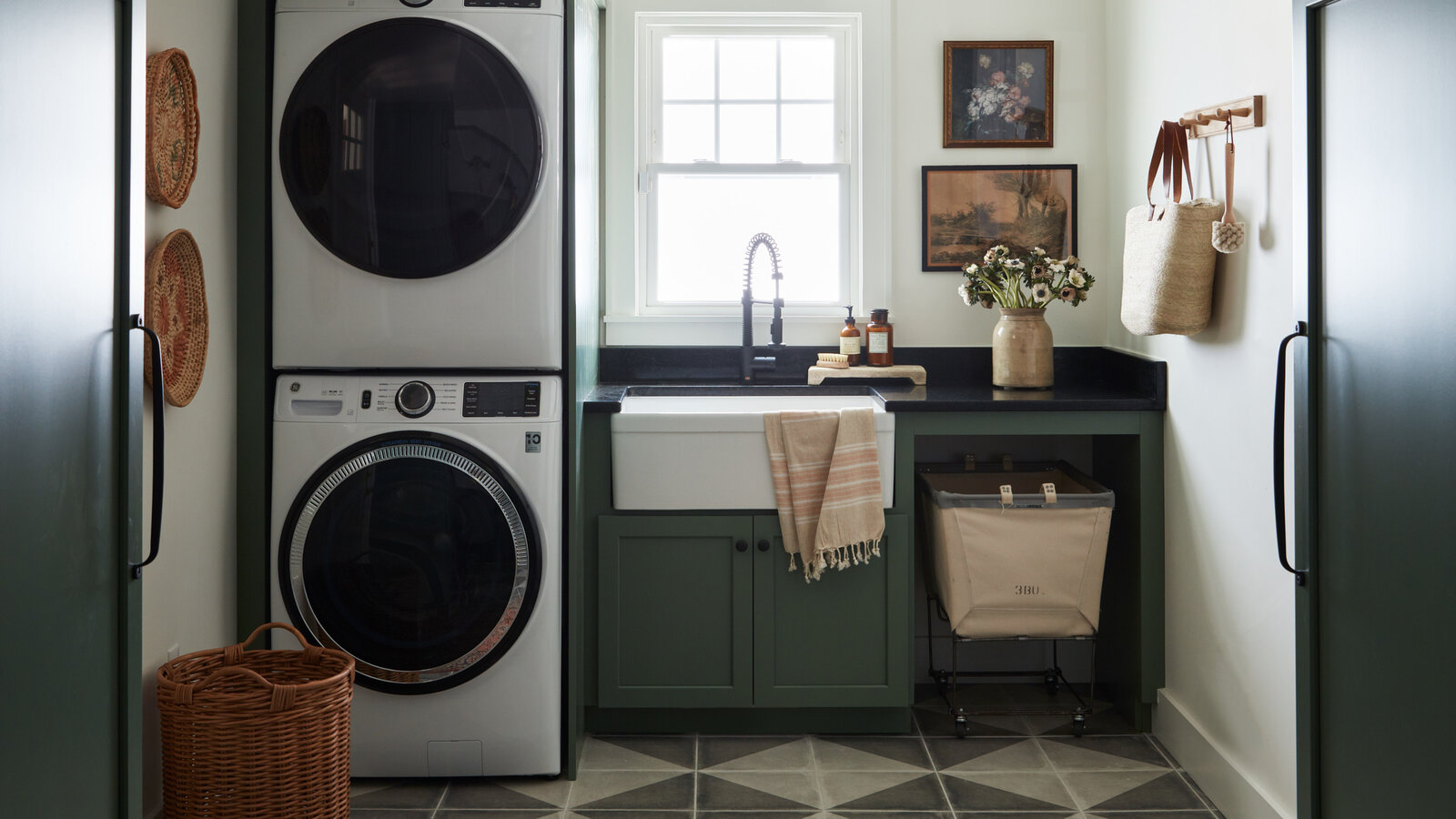


0 thoughts on “How Big Should A Wall Clock Be”